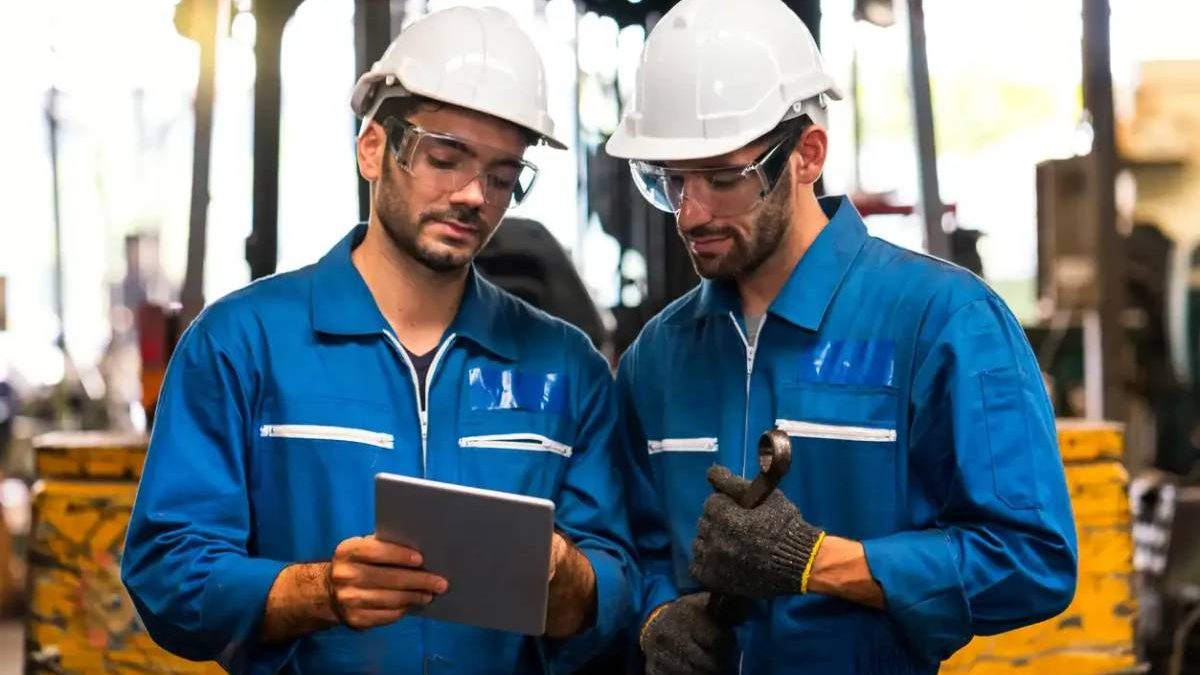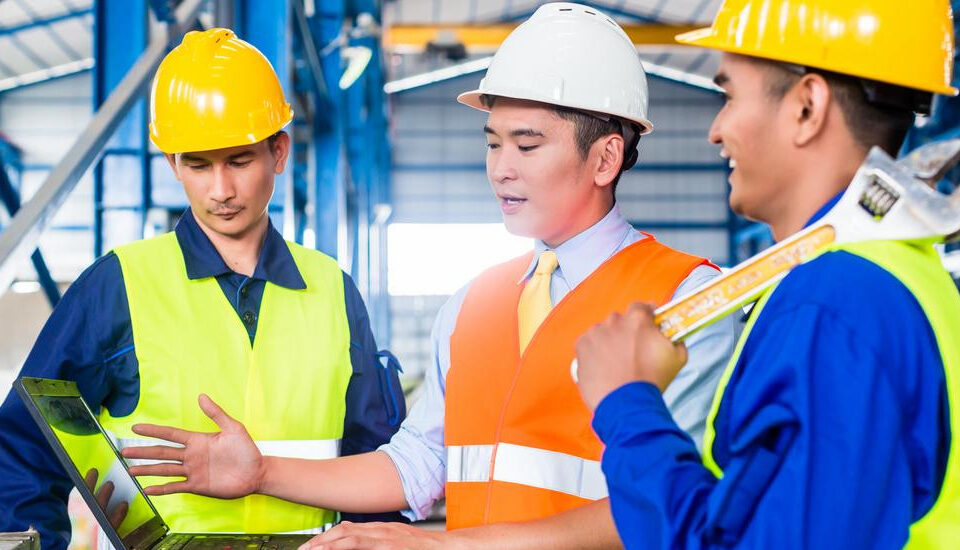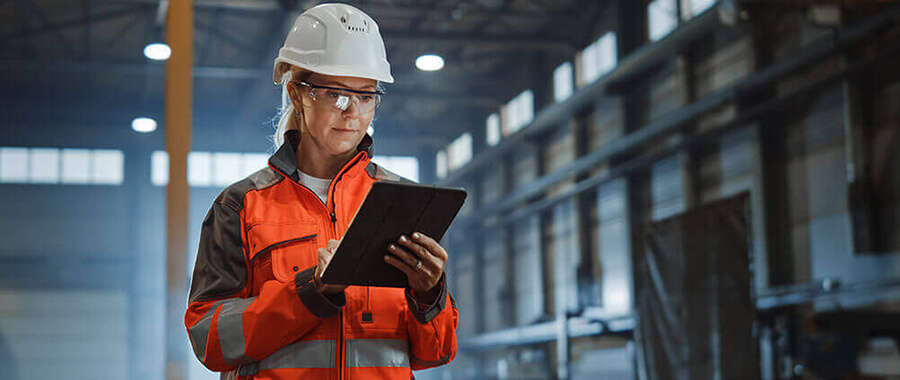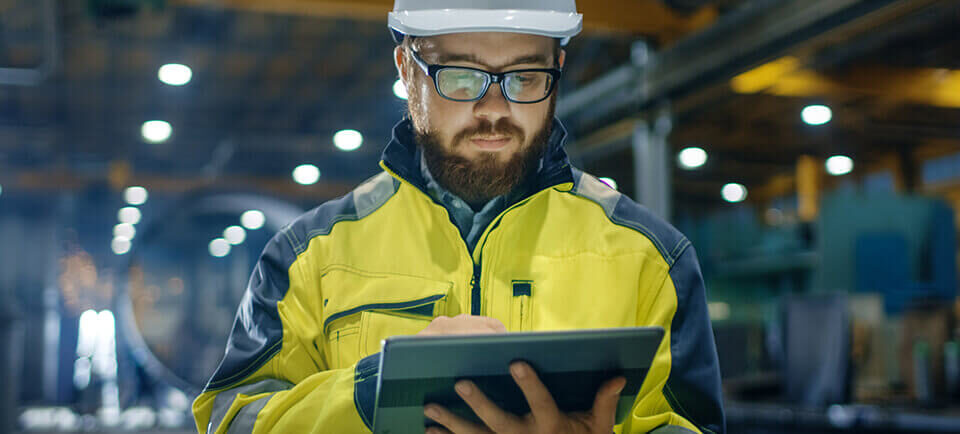Innovative Tech for Construction Site Safety Audits & Tips

Process Safety: Dust and Electrostatic Testing Services
June 13, 2024
Training & Certification Challenges in Construction Safety Manpower
June 17, 2024The construction industry is notorious for its inherent risks and hazards, making safety a paramount concern on any construction site. Over the years, safety audits have played a crucial role in ensuring that construction sites adhere to safety regulations and standards. However, with the advent of innovative technologies, the landscape of construction site safety audits is undergoing a significant transformation. In this blog, we will explore the innovative technologies revolutionizing construction site safety audits and provide essential steps for conducting a successful Safety Site Audit (SSA).
The Evolution of Construction Site Safety Audits
Safety audits in construction are systematic evaluations conducted to identify potential hazards, ensure compliance with safety regulations, and implement corrective measures. Traditionally, these audits involved manual inspections, paper-based checklists, and extensive documentation. While effective, these methods were time-consuming, prone to human error, and often resulted in delays in addressing safety issues.
The introduction of innovative technologies has revolutionized the way safety audits are conducted on construction sites. These technologies not only enhance the efficiency and accuracy of audits but also contribute to creating a safer work environment.
Innovative Technologies in Construction Site Safety Audits
1. Drones and Aerial Imaging
Drones have become indispensable tools in construction site safety audits. Equipped with high-resolution cameras, drones can capture detailed aerial images and videos of the construction site, providing a comprehensive view of the entire area. This technology allows safety inspectors to identify potential hazards, such as unstable structures, hazardous materials, and unsafe working conditions, without physically accessing dangerous areas.
Drones can also be used to monitor ongoing construction activities in real-time, ensuring that safety protocols are being followed consistently. By reducing the need for manual inspections, drones minimize the risk of accidents and injuries for safety auditors.
2. Building Information Modeling (BIM)
Building Information Modeling (BIM) is a digital representation of a building’s physical and functional characteristics. BIM technology enables the creation of 3D models that provide a detailed visualization of the construction site. These models can be used to identify potential safety hazards and assess the impact of design changes on site safety.
BIM also facilitates collaboration among project stakeholders, including architects, engineers, and safety inspectors. By sharing real-time data and insights, BIM ensures that safety considerations are integrated into the construction process from the early stages of design to project completion.
3. Wearable Technology
Wearable technology, such as smart helmets, vests, and goggles, is transforming construction site safety by providing real-time monitoring of workers’ health and safety. These wearables are equipped with sensors that track vital signs, detect environmental hazards (e.g., gas leaks, high temperatures), and monitor workers’ movements.
For example, smart helmets can alert workers and supervisors to potential dangers, such as proximity to heavy machinery or restricted areas. In case of an accident, wearable devices can send automatic alerts to emergency responders, ensuring a quick and efficient response.
4. IoT (Internet of Things) Sensors
IoT sensors are deployed throughout construction sites to monitor various parameters, such as temperature, humidity, noise levels, and air quality. These sensors collect and transmit real-time data to a central dashboard, allowing safety managers to identify and address potential hazards promptly.
IoT technology can also be integrated with other safety systems, such as alarms and emergency response systems, to provide a comprehensive safety management solution. By continuously monitoring site conditions, IoT sensors help prevent accidents and ensure a safer working environment.
5. Augmented Reality (AR) and Virtual Reality (VR)
AR and VR technologies are being used to enhance safety training and simulation exercises for construction workers. AR overlays digital information onto the physical environment, providing workers with real-time instructions and safety warnings. For example, AR glasses can display step-by-step guidance for operating machinery or highlight hazardous areas on the construction site.
VR, on the other hand, offers immersive training experiences that simulate real-life construction scenarios. Workers can practice responding to emergencies, such as fires or equipment malfunctions, in a controlled and safe environment. These training simulations improve workers’ preparedness and reduce the likelihood of accidents on the actual construction site.
Essential Steps for Conducting a Successful Construction SSA
Conducting a successful Safety Site Audit (SSA) is crucial for identifying and mitigating safety risks on construction sites. Here are the essential steps to ensure a comprehensive and effective audit:
1. Planning and Preparation
- Define the Scope: Determine the areas and activities to be audited, including specific safety protocols and standards to be evaluated.
- Assemble the Audit Team: Select qualified and experienced auditors, including safety experts and representatives from various project stakeholders.
- Gather Documentation: Collect relevant documents, such as safety policies, inspection reports, training records, and incident logs.
2. Conducting the Audit
- Site Inspection: Perform a thorough inspection of the construction site, using innovative technologies such as drones, wearables, and IoT sensors to identify potential hazards.
- Interviews and Observations: Conduct interviews with workers and supervisors to gather insights into safety practices and potential areas of concern. Observe workers’ activities to ensure compliance with safety protocols.
- Review Documentation: Verify that safety documentation, such as permits, licenses, and training records, is up-to-date and in compliance with regulations.
3. Identifying and Documenting Hazards
- Hazard Identification: Use the data collected during the audit to identify potential safety hazards and risks. Prioritize hazards based on their severity and likelihood of occurrence.
- Documentation: Document all identified hazards, including descriptions, locations, and potential impacts. Use digital tools to create detailed reports and visualizations.
4. Developing Corrective Actions
- Root Cause Analysis: Conduct a root cause analysis to determine the underlying causes of identified hazards. This step is crucial for developing effective corrective actions.
- Action Plan: Develop a comprehensive action plan to address identified hazards. Include specific corrective measures, responsible parties, timelines, and resources required.
5. Implementing and Monitoring Corrective Actions
- Implementation: Ensure that corrective actions are implemented promptly and effectively. Provide necessary training and resources to workers and supervisors.
- Monitoring: Continuously monitor the effectiveness of corrective actions using innovative technologies, such as IoT sensors and wearables. Conduct follow-up audits to verify that hazards have been mitigated.
6. Review and Continuous Improvement
- Review Findings: Review the audit findings and lessons learned with project stakeholders. Use this information to improve safety policies and procedures.
- Continuous Improvement: Foster a culture of continuous improvement by encouraging workers and supervisors to provide feedback and report safety concerns. Regularly update safety protocols to reflect new regulations and best practices.
Conclusion
Innovative technologies are revolutionizing construction site safety audits by enhancing efficiency, accuracy, and overall site safety. By leveraging drones, BIM, wearable technology, IoT sensors, and AR/VR, construction companies can conduct more effective safety audits and create safer work environments. Conducting a successful Safety Site Audit (SSA) involves careful planning, thorough inspection, hazard identification, corrective action development, and continuous monitoring. By following these essential steps and embracing innovative technologies, construction companies can ensure the highest standards of safety and protect the well-being of their workers.




